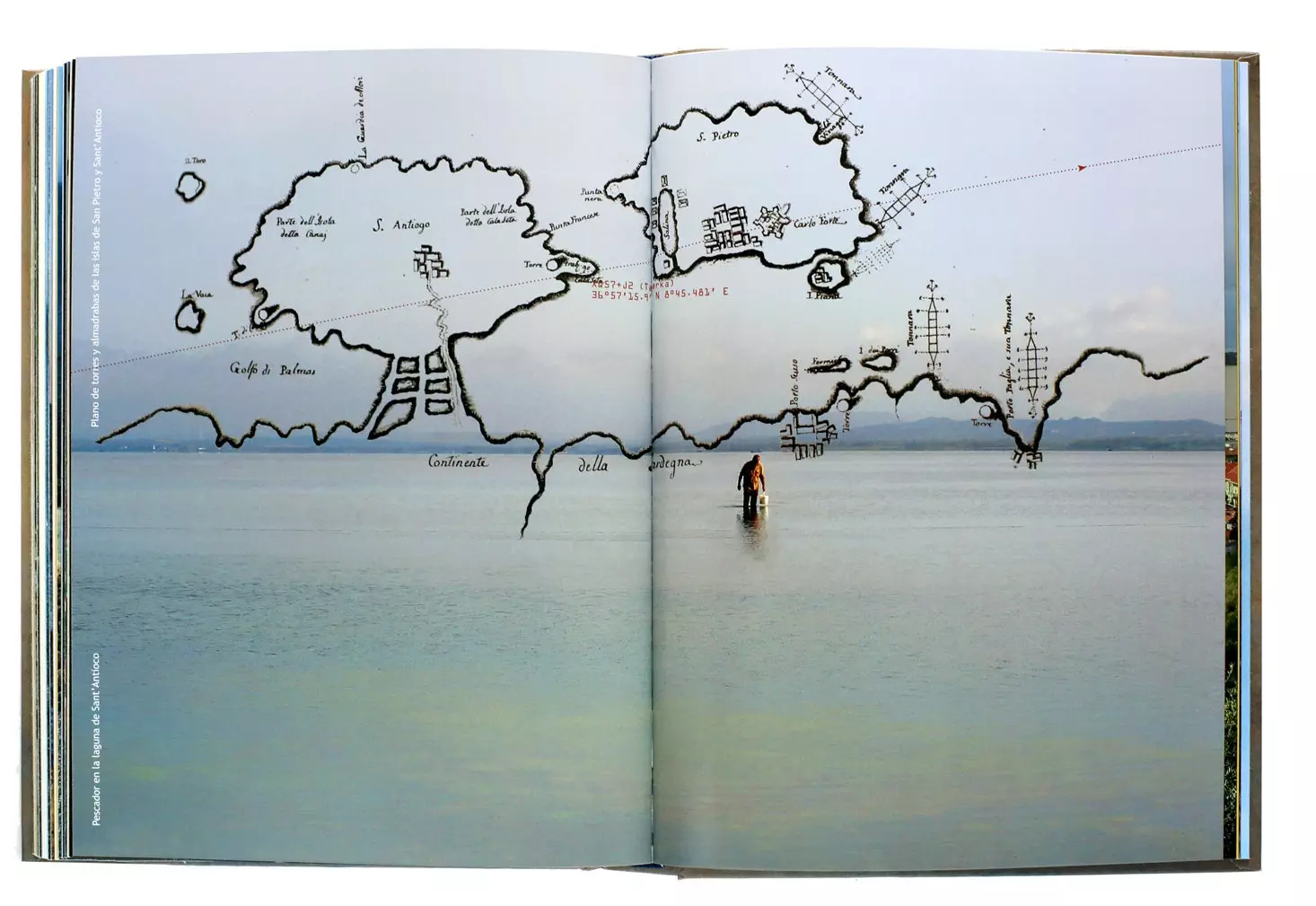
From the Tabarka of Tunisia to the Nueva Tabarca of Alicante: the Mediterranean as a sea of ties
For those of us from Alicante, the island of Tabarca is synonymous with school excursions, Sunday paellas and occasional vomiting on the outward boat. Or back.
As children, we were incapable of appreciating its exoticism as a historical enclave, and what fascinated us was its nearby and walkable island status (“Take two steps and you leave”, we used to say) as if it were the planet of the Little Prince and his rose, but with the smell of saltpeter and beach bars.
He had to arrive 250th anniversary of the founding of Nueva Tabarca and above all, publish the photobook tabarkinas , of Carma Casula , so that I finally realized the exceptionality and beauty of this island of fishermen that so many times I have had in front of my eyes but I had not been able to see.
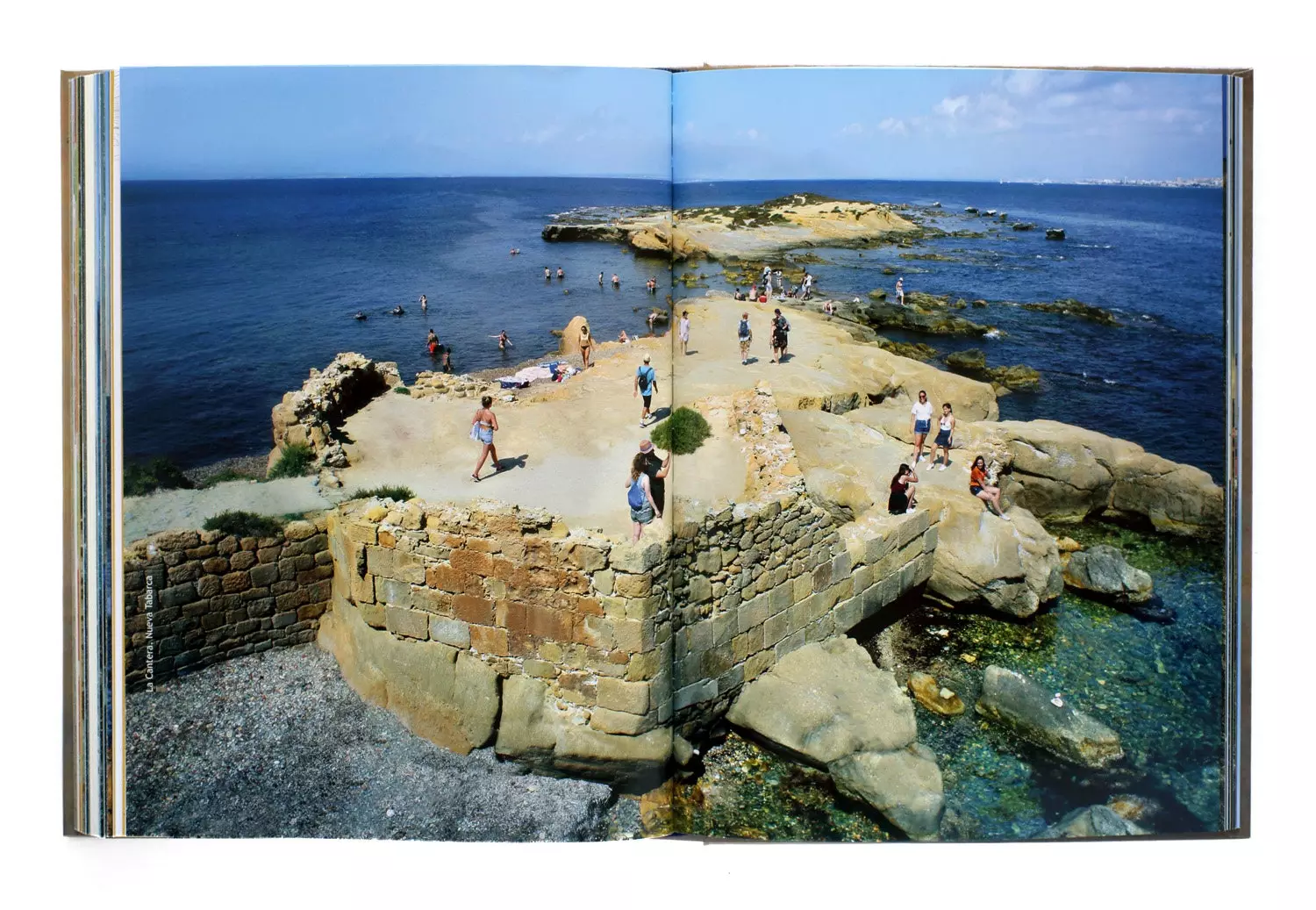
'Tabarkinas' is a visual journey whose common thread is the sea and the coral
Carma Casulá is a visual artist born in Barcelona, but settled in Madrid years ago, who has spent decades traveling the world with her camera, her contralto laughter and her erudite intelligence . A passionate and polyglot woman, who she defines herself as someone “more on the road than on the destination”.
And I can attest that it is true, since in the early 2000s I was lucky enough to go on two expeditions with her – working but, above all, discovering –: one of her, to the Siwa Oasis in Egypt and the other to Moscow and Saint Petersburg , where almost everything (but especially capitalism) seemed then something new.
Carma was documenting the theme of coral on the island of San Pietro a few years ago when she came across a plaque by chance explaining that her population originated from a African island called Tabarka . That name caught her attention, since she knew the Spanish Tabarca very well. And from that hint she began to read about the Tabarkin culture and about its four enclaves in Tunisia , in the Genoese neighborhood of Pegli, in Carloforte and Calasseta on the island of Sardinia and on the Alicante island of Nueva Tabarca.
“Why have I done this project? The answer is very simple – she answers me with overwhelming logic–: out of curiosity and for the pleasure of moving and traveling ”. Is there something else?
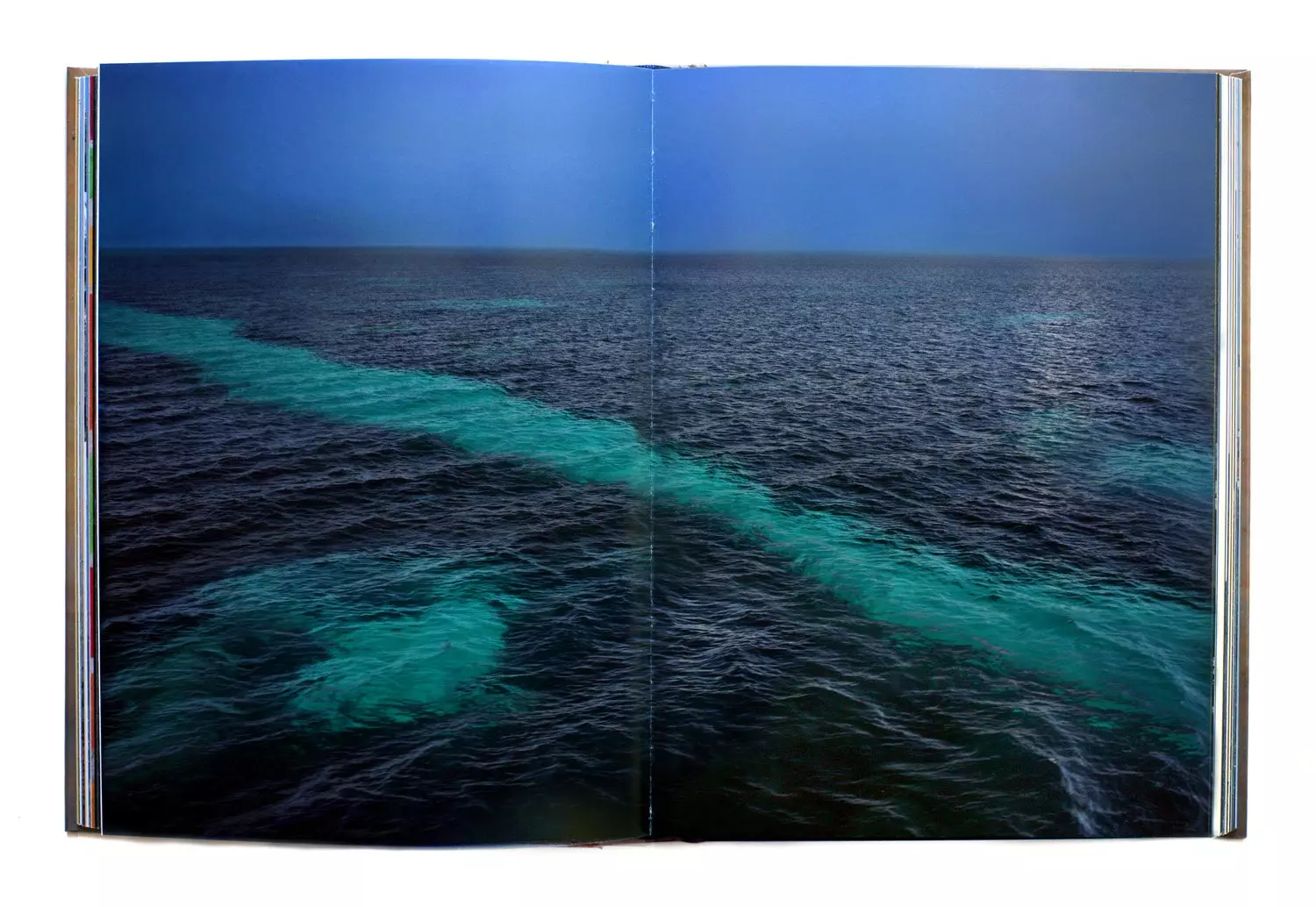
From Carlos V to the current summers on the Alicante island of Tabarca
Some of the most spectacular photos in the book are made from inside a ship, through a skylight or on a deck and she admits to me that she has never felt as comfortable as “ in the middle of Nadano , where you are supposedly surrounded by nothing but in reality you are surrounded by everything and everyone . In those moments you feel like a star in the universe… Sorry, did I sound corny? I mean that a great serenity passes through you but at the same time the tension and adrenaline that the trip and the sea awaken”.
The Tabarquina culture has its origin in Pegli (Liguria), a port near Genoa , from where the families that colonized the coral island of Tabarka, in Tunisia , in the sixteenth century. At that historical moment the emperor Carlos V He was determined to conquer the square of Algiers to neutralize the corsair attacks and the power of Barbarossa, but after advances and defeats he must withdraw and, due to his strategic situation, he chooses the small island of Tabarka, close to the border between Algeria and Tunisia , to build a prison guarded by a garrison of soldiers. In order to save on expenses, the king also decides to lease this island to a Genoese family, the Lomellini, in exchange for granting them the exploitation of its rich coral banks.
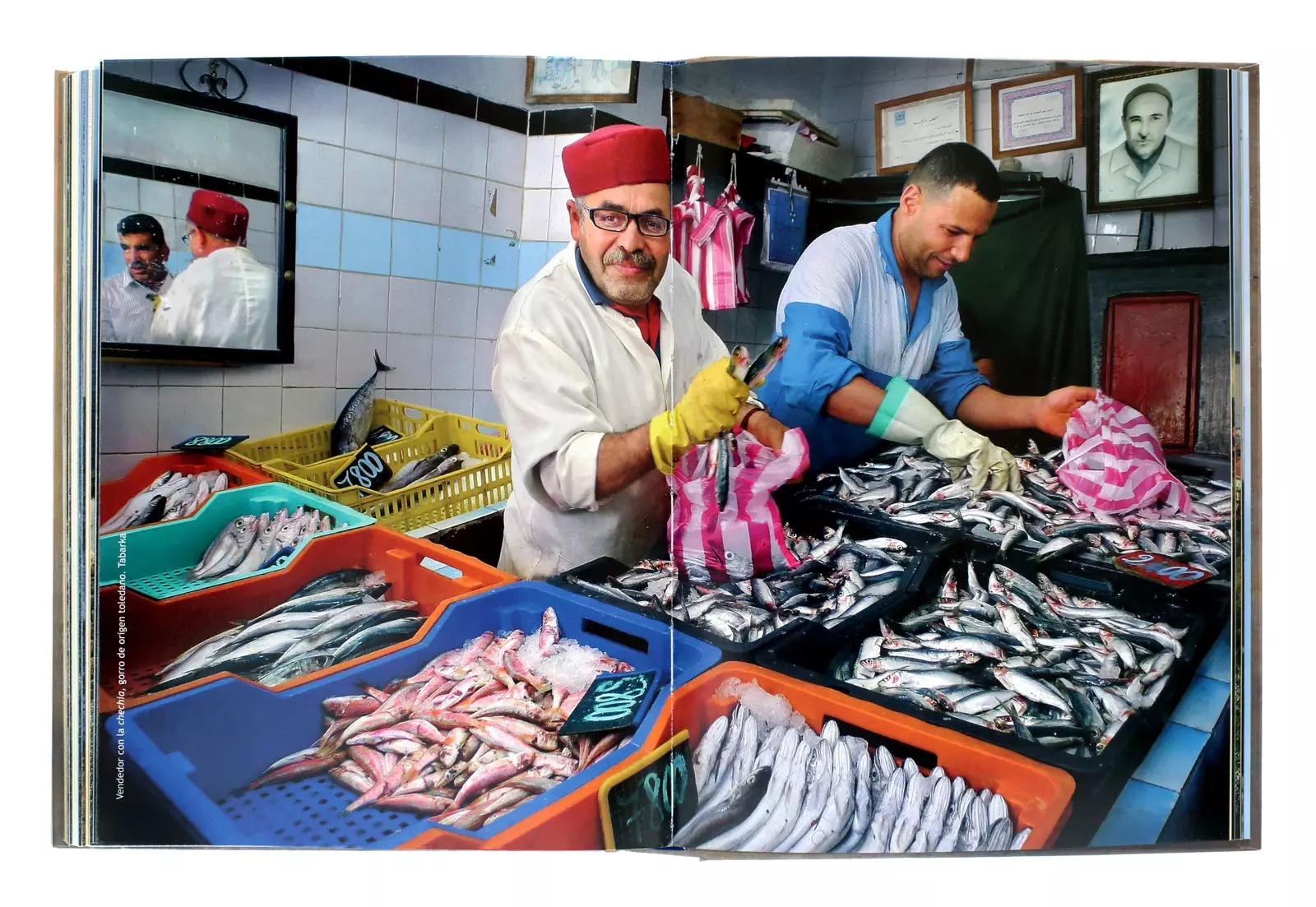
tabarkinas
Lomellini's agreement with Charles V is the reason why fishing families from Liguria emigrate there and why African Tabarka ends up becoming a prosperous commercial port, which also served as a place of exchange for Christian captives in exchange for ransom . However, starting in the 17th century, the coral trade began to decline and the Lomellini urge the king to take back the island . In addition, demographic pressure is beginning to be excessive for such a small island, which is why a hundred families from Tabarka end up leaving to repopulate the island. island of San Pietro, south-west of Sardinia.
Carma Casulá has traveled all these places with her camera: San Pietro, Sant'Antioco, Pegli and Genoa in Italy; the Tabarka of Tunisia; and, of course, the island of Alicante , which with its 0.34 square kilometers of extension is the smallest inhabited island in Spain.
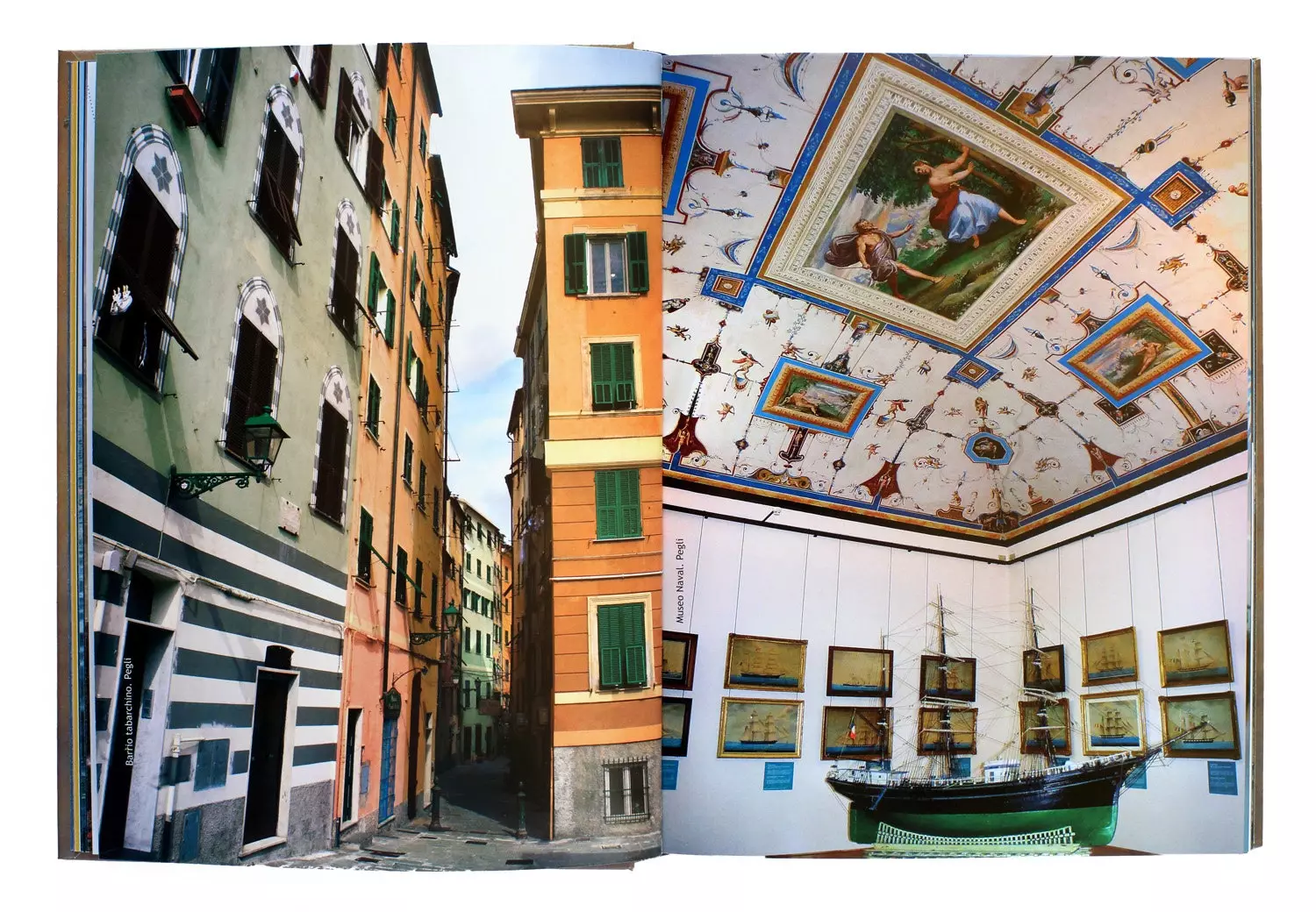
Why 'Tabarkinas'? "Out of curiosity and for the pleasure of moving and traveling"
However, when capturing her journey in images, the artist has preferred to mix some geographies with others, making the beauty of her different territories, faces and experiences dialogue. She spinning fireworks palm trees with the bow of a girl dressed as a fallera in the maritime procession of the Virgen del Carmen; some baroque frescoes from Genoa with a sky from Tabarca (Alicante) and another sky from Tabarka (Tunisia) . So disparate. So equal.
“After all, fishermen, water and birds move freely in the Mediterranean, they know no borders, and I wanted my photos to have that same freedom”.
Obsessed with following the trail of what some Mediterranean peoples have left in others and with the intersection of their cultures, one of the photographer's favorite images is that of a Tunisian fishmonger at his fish market stall, “ because he wears a red chechia, which although he does not know it is a hat of Toledo origin”.
Also, in the book there is a large number of documents that the artist has tracked down in the archives: birth certificates, cartographies and old photos dialogue with her own photos, creating a sense of contiguity, not only between territories, but in the time line, since tabarkinas begins with a 16th-century map and ends with a Google Earth image : "Because that's how we see ourselves today," emphasizes Casulá.
And how did the tabarkinos get to the tiny island of Alicante? At the end of the 18th century, the islet was uninhabited and the Berber piracy used to use it as a base to attack the coast of Alicante. The authorities were in a hurry to fortify it as a military outpost to make it difficult for the pirates, and Carlos III took advantage of the rescue in Algiers of Genoese Christian captives – coming from the Tunisian island of Tabarka – so that a group of them would colonize this enclave.
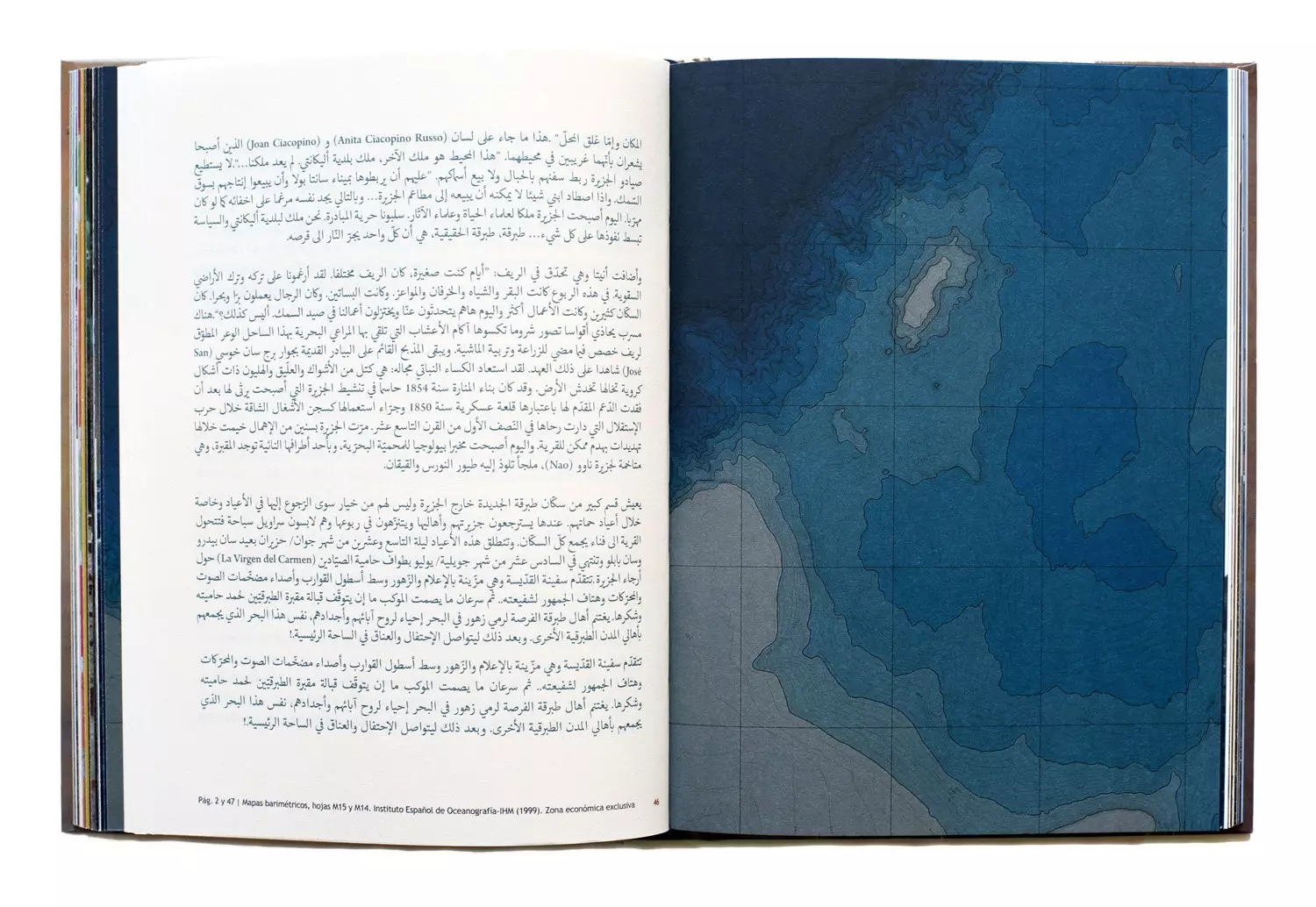
From Baroque frescoes to the waters of the Mediterranean
So it was that in April 1770, sixty-nine more families " thirty-two loose tabarquinos who do not constitute a family ” were transferred to the island. Many of the inhabitants who today live there or in nearby cities such as Santa Pola and Torrevieja descend from them, something evident in surnames as Italian as Chacopino, Luchoro, Capriata, Pianillo or Russo.
The project tabarkinas –“self-financed and completely personal”, emphasizes Carma Casulá– has obtained one last push for its publication thanks to the Instituto Cervantes de Tunis and Casa Mediterráneo , at whose Alicante headquarters a sample of the work can be seen until May 31.
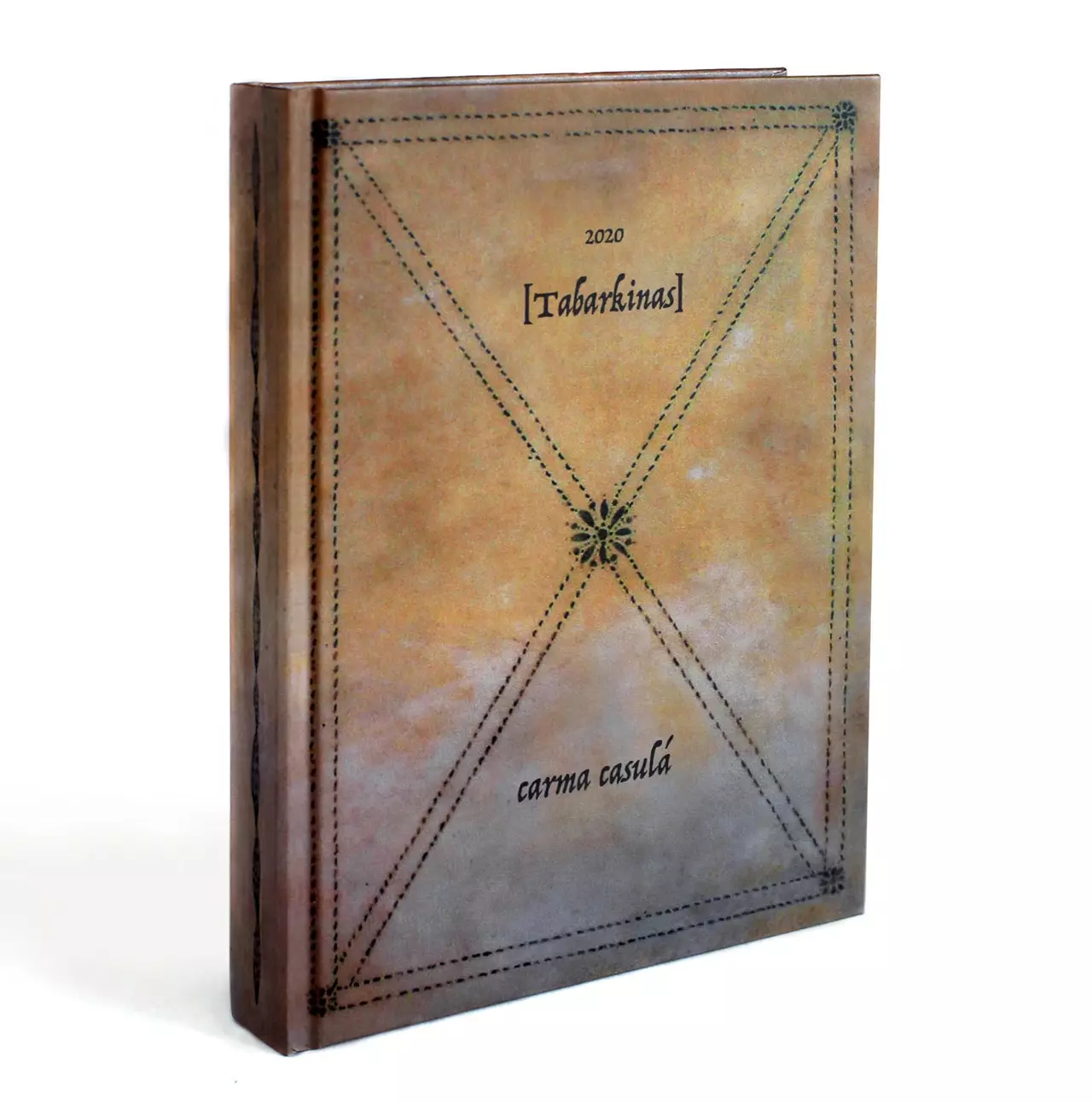
Carma Casula
tabarkinas
tabarkinas
